- Composants du kit de réactifs
| Caractéristiques | 50T | 100T |
| Chat. Non. | SN0303 | SN0304 |
| Colonnes d'extraction d'ARN (ensemble) | 50 (ensemble) | 100 (ensemble) |
| DNase I | 1ml | 1ml |
| 10 × Reaction Buffer | 1 ml | 2 ×1ml |
| Trizol Buffer | 50 ml | 2 × 50 ml |
| Tampon d'élimination des inhibiteurs | 30 ml | 2 × 30 ml |
| Tampon de lavage 1 | 15 ml | 2 × 15 ml |
| Tampon d'élution | 20 ml | 2 ×20 ml |
| Manuel d'instructions | 1 | 1 |
- Stockage
Ce kit de réactifs doit être conservé à température ambiante (15-25℃) in a dry environment and is stable for 12 mois. DNase I contains a preservative, permettant le transport à température ambiante, mais pour un stockage à long terme, il doit être maintenu à -20 ℃.
- Instructions d'utilisation du kit de réactifs
3.1 Ce kit est destiné à des fins de recherche en biologie moléculaire et ne doit pas être utilisé pour le diagnostic ou le traitement de maladies..
3.2 Certains composants du kit contiennent des irritants; il est conseillé de prendre les précautions nécessaires (comme porter des vêtements de protection et des lunettes).
3.3 L'utilisation de ce kit nécessite un équipement supplémentaire tel qu'une centrifugeuse à grande vitesse, bain d'eau (bain en métal), mélangeur de vortex, éthanol anhydre, l'azote liquide, chloroforme, eau déminéralisée stérile, et tubes EP.
- Introduction au kit de réactifs
This RNA purification kit utilizes the traditional TRIzol combined with column membrane method for the rapid purification of plant, animal, tissu, cellule, microbial RNA, and fungal hyphae RNA. It is suitable for most species. This RNA purification kit can be applied to plant tissues exceeding 100 mg. The RNA extracted with this kit has extremely low DNA content. If sensitivity to DNA in experiments is a concern, it is recommended to use DNase I digestion on the column.
The RNA Fast Purification Kit can extract total RNA from samples (including nuclear RNA and cytoplasmic RNA) within 1 heure. The extracted RNA can be directly used for RT-RAP, Transfert du Nord, et d'autres applications.
- Principes et procédures expérimentaux
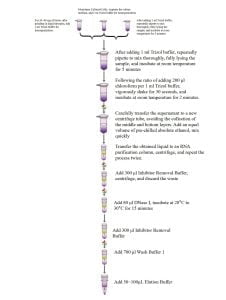
- Processus d'extraction
Précautions avant de commencer l'expérience:
UN. Avant utilisation, ajouter la quantité spécifiée d'éthanol absolu à LaverTampon 1 selon l'étiquette sur le flacon de réactif, and check the box on the label to indicate that absolute ethanol has been added.
B. Le tampon d'élution est un 0.1x solution TE contenant un minimum d'EDTA. Si l'EDTA affecte les expériences ultérieures, it is recommended to replace the Elution Buffer with sterile deionized water.
- Traitement des échantillons:
UN. Tissu: If fresh materials cannot be used immediately, place them in liquid nitrogen and store them at -80°C. Les matériaux séchés peuvent être stockés à température ambiante. Grind 30~80 mg of tissue in liquid nitrogen and add 1 ml Trizol buffer for homogenization.
B. Monolayer Cultured Cells: Aspirate the culture medium and add 1 ml Trizol buffer for homogenization.
C. Cell Suspension: Centrifuge to collect cells and add 1 ml Trizol buffer for homogenization.
2. After adding Trizol buffer to the sample, mix thoroughly by pipetting, allow complete sample lysis, and incubate at room temperature for 5 minutes.
3. Add chloroform in a ratio of 200 μl per 1 ml of Trizol buffer, vigorously shake for 30 secondes, and incubate at room temperature for 2 minutes.
4. Centrifuge the lysate at 4°C, 12,000 tr/min pour 10 minutes. RNA will be present in the upper aqueous phase.
5. Transférez soigneusement le surnageant dans un nouveau tube à centrifuger, avoiding the collection of the middle and bottom layers. (Note: Environ 400 μl de liquide peut être transféré, which may be less for some species.)
6. Add an equal volume of pre-chilled absolute ethanol, mix quickly. (Par exemple, ajouter 400 µl de lysat, ajouter 400 μl of absolute ethanol. Si le volume du lysat est inférieur à 400 µl, reduce the amount of absolute ethanol proportionally. A slight precipitate may form after adding ethanol, but it does not affect subsequent experiments.)
7. Transfer the obtained liquid to an RNA purification column (environ 650-700 μl per time), centrifuge at more than 8,000 tr/min pour 1 minute, jeter les déchets collectés, et réinsérez le tube de prélèvement dans la colonne de purification pour l'étape suivante.
8. Répétez l'étape 7, adding the remaining liquid to the RNA purification column, centrifuge at more than 8,000 tr/min pour 1 minute, discard the waste and the collection tube.
9. Place the RNA purification column in a new collection tube, ajouter 300 μl of Inhibitor Removal Buffer, centrifuge at more than 8,000 tr/min pour 1 minute, jeter les déchets, and reinsert the RNA purification column into the tube for the next step.
10. Ajouter 80 μl of DNase Iworking solution to the RNA purification column, incubate at 20°C to 30°C for 15 minutes. (Prepare DNase I working solution: 62 μl RNase-Free Water, 8 μl 10× Reaction Buffer, et 10 μl DNase I, make up to 80 μl DNase I working solution.)
11. Ajouter 300 μl of Inhibitor Removal Bufferto the RNA purification column, centrifuge at more than 8,000 tr/min pour 1 minute, jeter les déchets, and reinsert the RNA purification column into the tube for the next step.
12. Ajouter 700 µl de tampon de lavage 1to the RNA purification column, centrifuger à 14,000 tr/min (20,000×g) pour 2 minutes, extend the centrifugation time if needed for a drier membrane. (Note: Confirm the addition of ethanol to Wash Buffer 1; ethanol presence significantly affects subsequent experiments. Ensure the membrane is dry after centrifugation before elution. Jeter les déchets et le tube de collecte. After using Wash Buffer 1, the membrane on the RNA purification column should only have a slight color. Carefully remove the RNA purification column after centrifugation, ensuring it does not touch the collection tube to avoid ethanol contamination.)
13. Place the RNA purification column in a new centrifuge tube, goutte 100 µl de tampon d'élutionsur la membrane, incuber à température ambiante pendant 5 minutes (15°C to 25°C), and centrifuge at more than 8,000 tr/min pour 1 minute. (Note: Eluting RNA with 50 μl of Elution Buffer can increase RNA concentration but decrease total RNA yield.)
14. Repeat the previous step. (Note: A new centrifuge tube can be used to collect the RNA eluted the second time or continue using the original collection tube to collect RNA.)
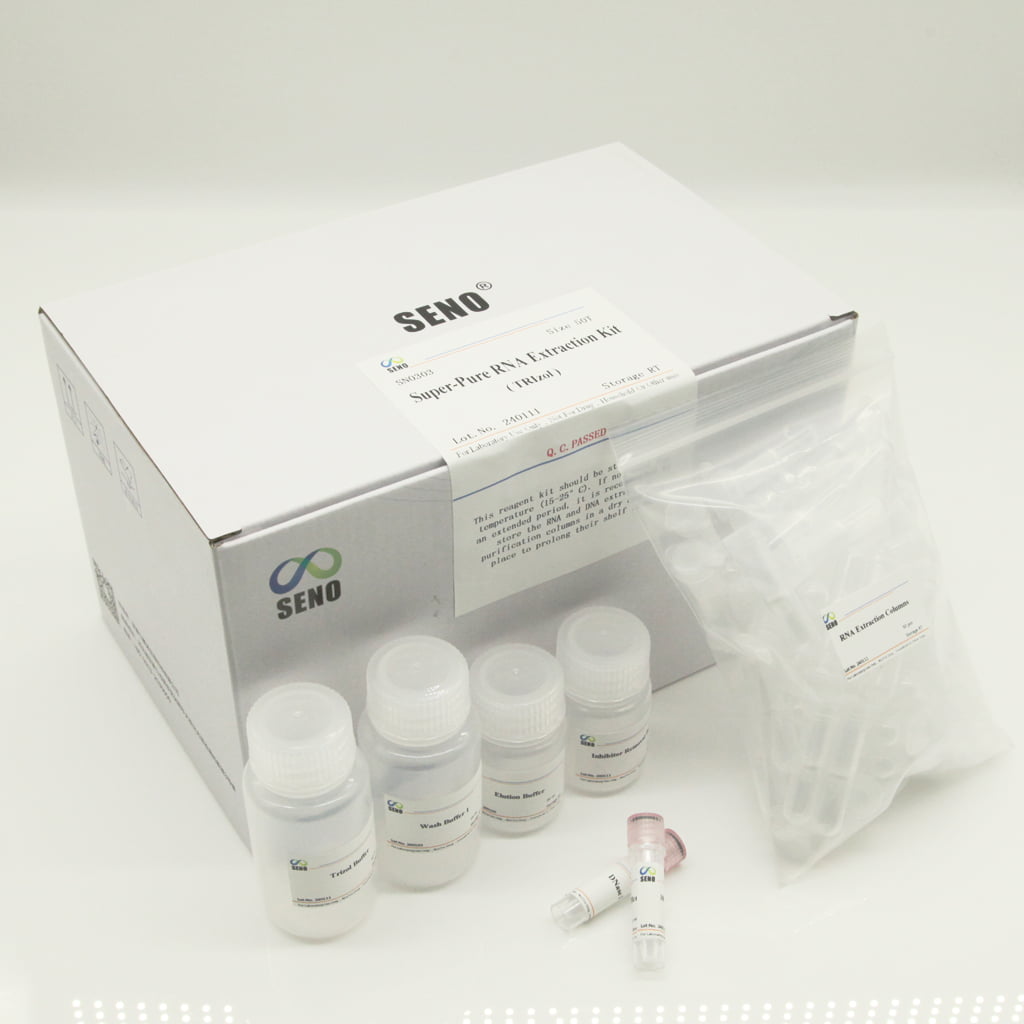
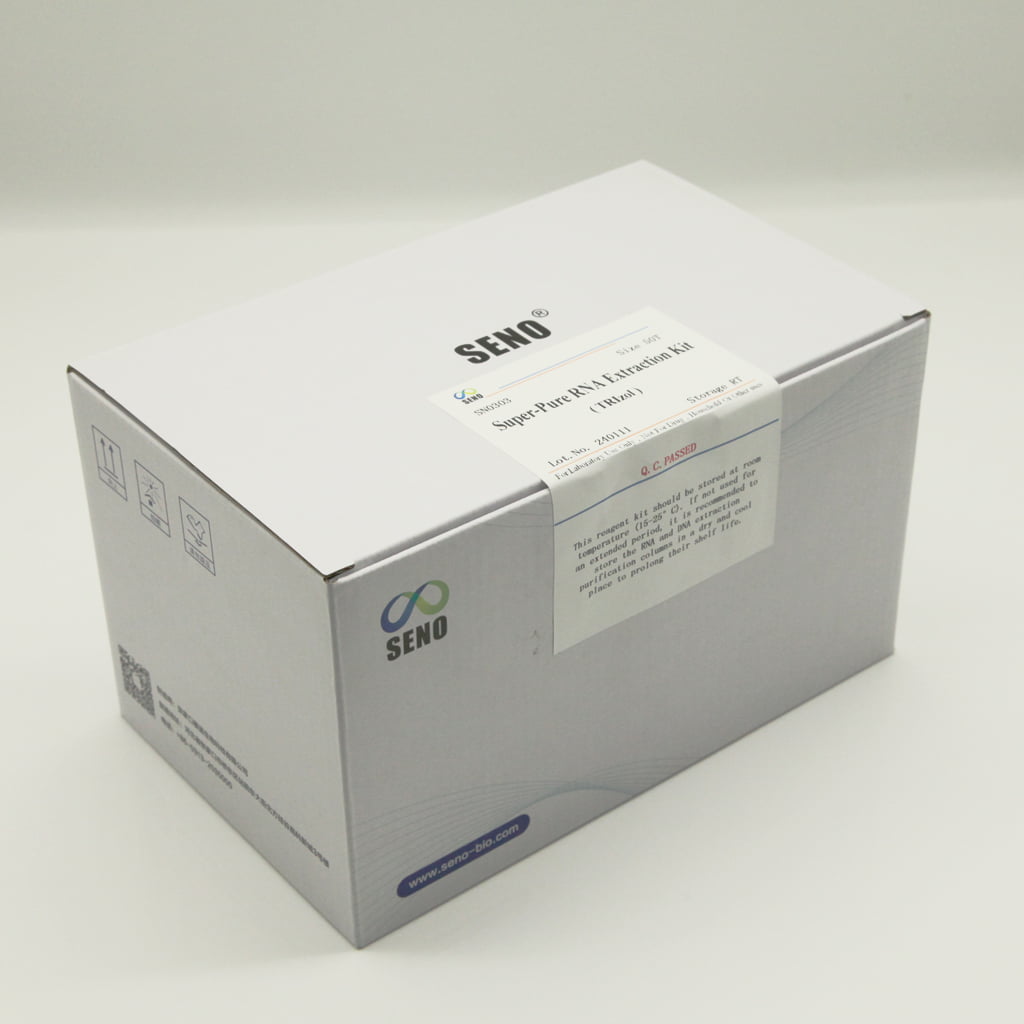
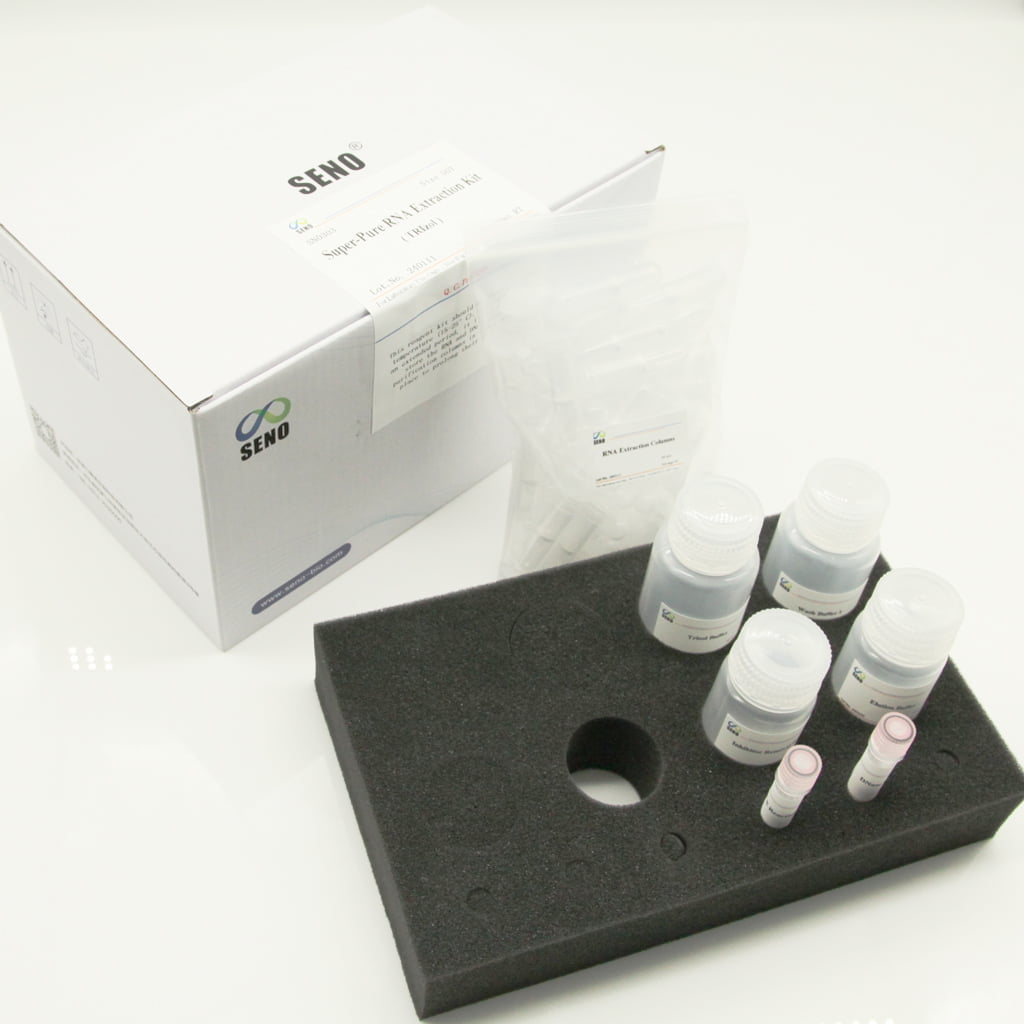
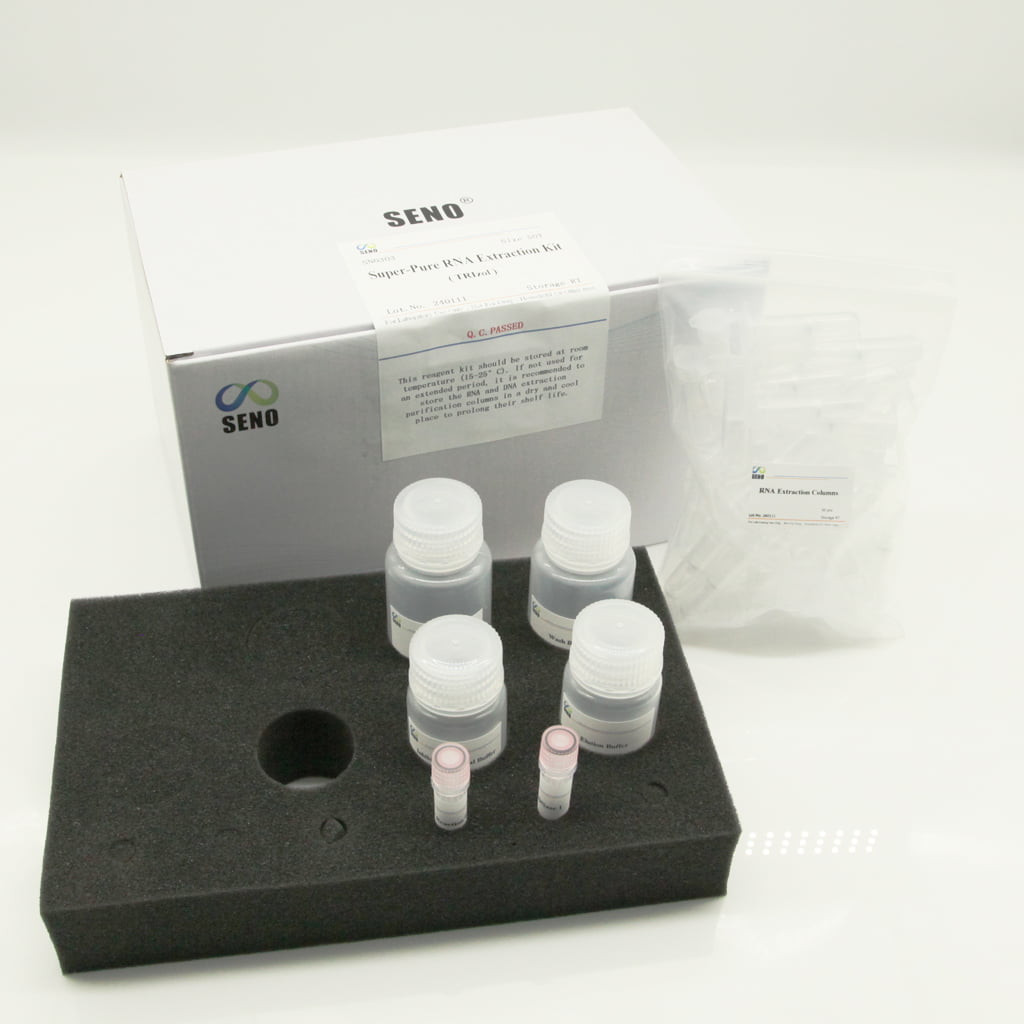
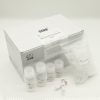
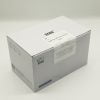
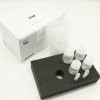
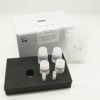
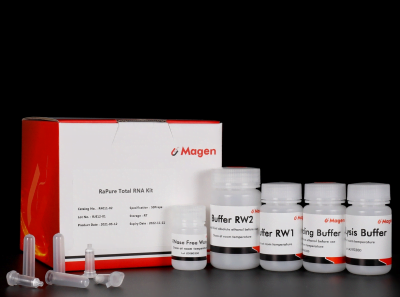
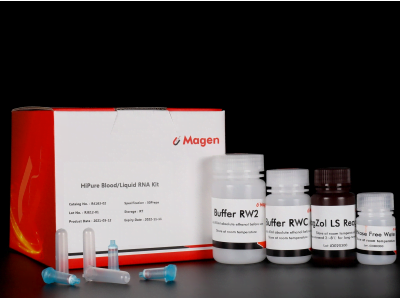
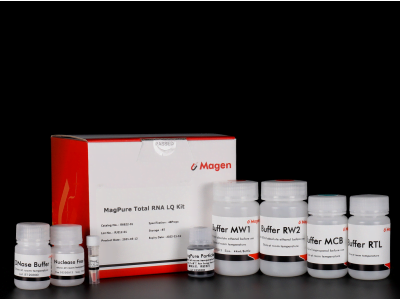
Commentaires
Il n'y a pas encore de critiques.